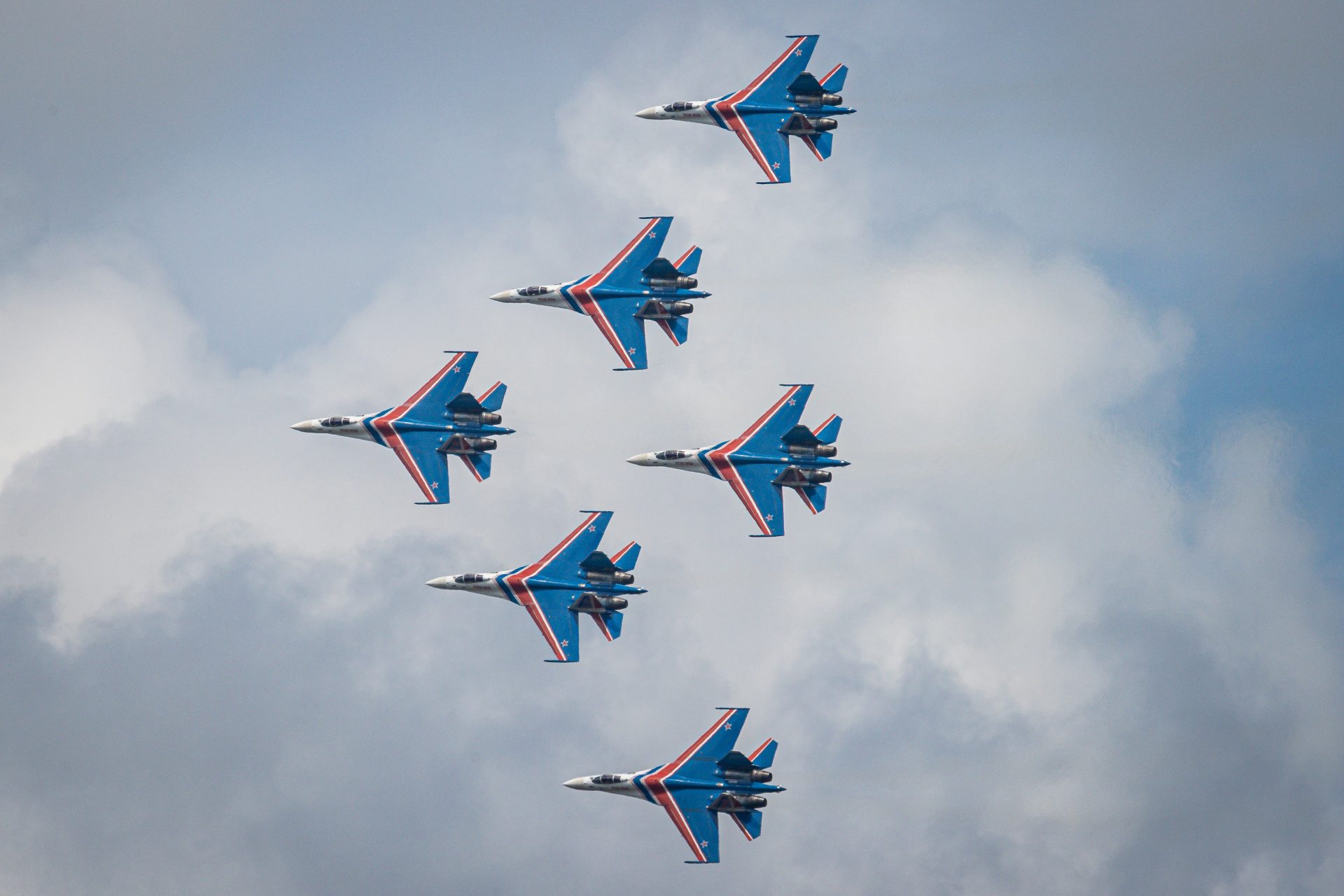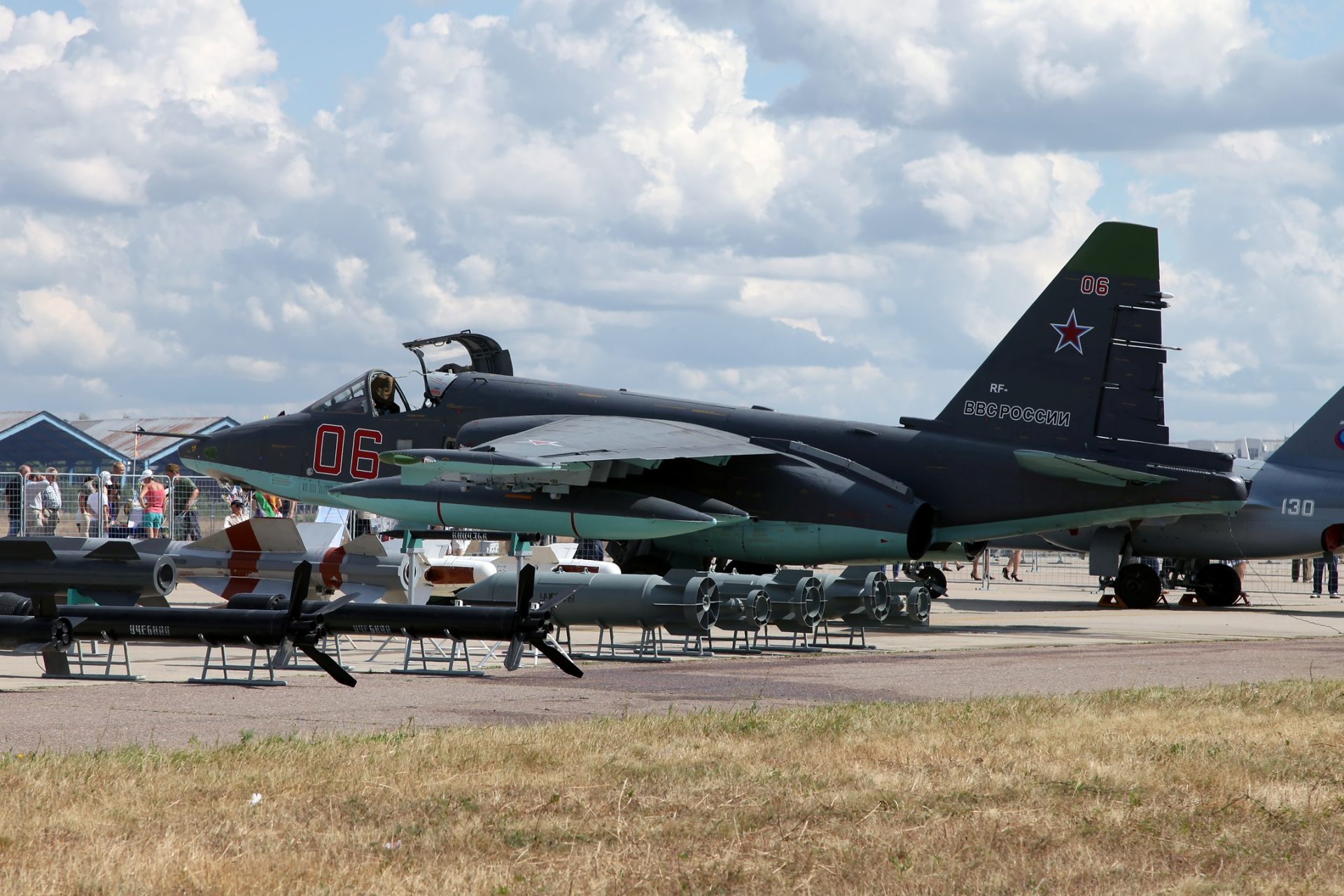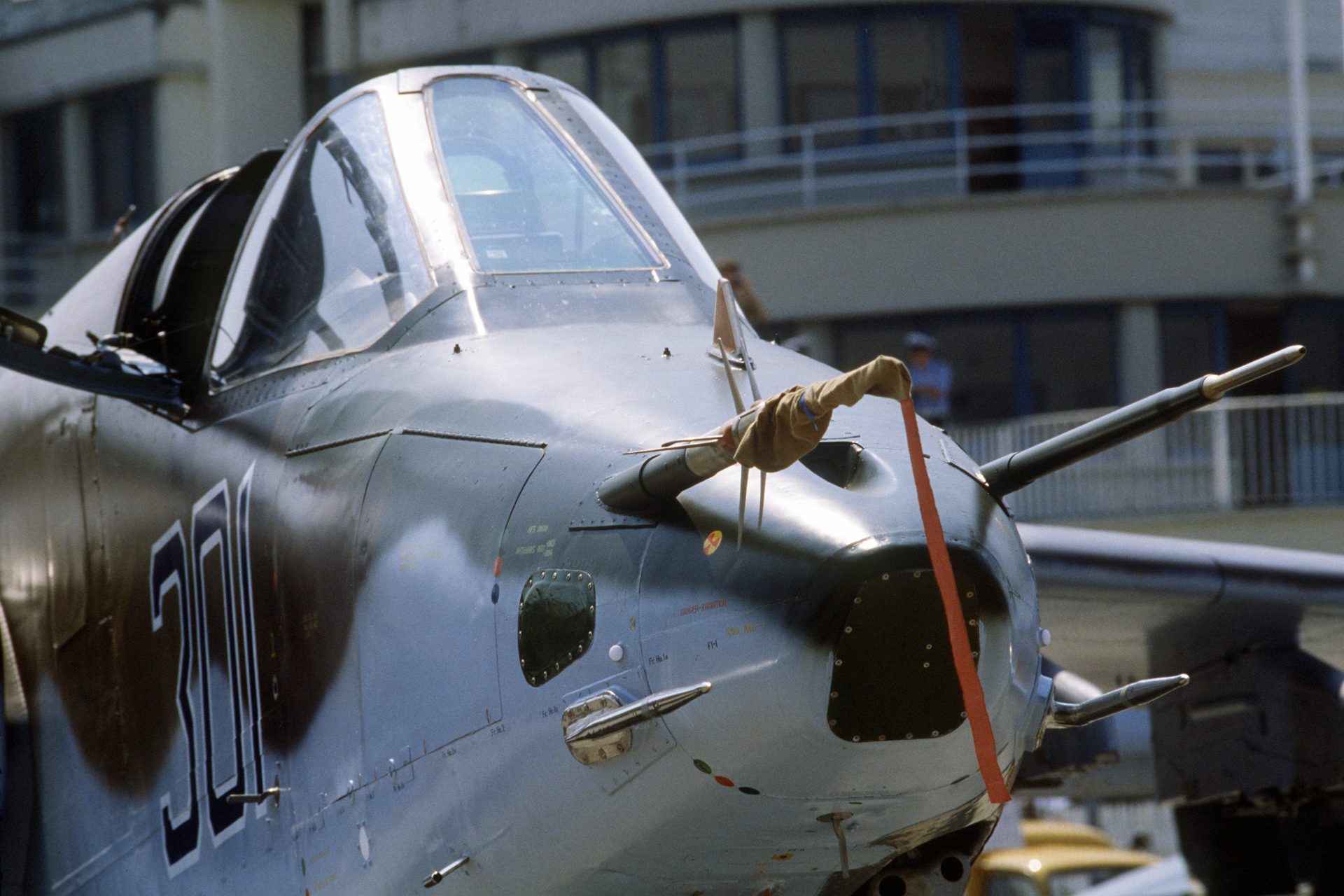Russia’s Air Force is getting much weaker UK intel finds
The Russian Air Force has become a far less formidable force since the start of the war according to recent intelligence reports and the reasons why may actually surprise you.
Russian aircraft losses have made the country’s Aerospace Forces weaker because the fighting force is being forced to fly certain aircraft more than they would be in peacetime.
The United Kingdom’s Ministry of Defence reported in a recent update that all fixed-wing aircraft have a projected life span in flying hours and that this was harming Russian jets.
“It is highly likely that with this extra wartime use,” the update reported, “Russia is eating into many of its airframes’ lifespans far more quickly than the [Air Force] planned for.”
The update added that the need for extra maintenance due to wartime usage was likely being complicated by a shortage of spare parts due to demand from Western sanctions.
Unfortunately, Russia’s Aerospace Forces have been able to maintain their surge sortie rates over Ukraine; however, this probably won’t last as the war and jet losses continue.
Wear and tear on Russian airframes will eventually reduce the viability of the Aerospace Force's tactical air power according to the update, something we may already be seeing.
Engineering Expert Michael Bohnert reported in an August article for Defense News that the overuse of aircraft could hand an advantage over to the Ukrainians since it would cost the Russian Air Force as the war dragged on.
"To make up for it, they'll have to procure more aircraft, increase maintenance, reduce operations, or accept a smaller force—or some combination of those,” Bohnert added. But just how bad have Russian losses been since the start of the invasion?
Russia has lost a total of 90 fixed-wing aircraft according to the intelligence update from the United Kingdom. But that number only includes what’s been lost during the fighting.
Moscow has lost several fixed-wing aircraft throughout the war that were not associated with fighting on the frontlines. For example, Moscow lost a Su-25 jet back on July 17th.
Photo Credit: Wiki Commons: By Vitaly V. Kuzmin - http://vitalykuzmin.net/?q=node/467, CC BY-SA 4.0, https://commons.wikimedia.org/w/index.php?curid=21938890
Video footage of the Su-25 crashing into the Sea of Azov after the pilot ejected from the aircraft made the rounds of social media but the crash was likely caused by malfunction.
Photo Credit: Wiki Commons: By MASTER SERGEANT DAVE CASEY - [1], Public Domain, https://commons.wikimedia.org/w/index.php?curid=2800140
Radio Free Europe reported the aircraft's engine might have malfunctioned according to an official from Russia’s Southern Military District. The aircraft pilot died after his rescue.
Whether or not this incident was related to the type of airframe wear and tear that British intelligence predicted is unknown. But we do know Russia has had a lot of air accidents.
In August, a Russian Sukhoi Su-30 crashed while on a training mission over Kaliningrad killing its two pilots according to Radio Free Europe and in September then Su-24 went down in the Volgograd region according to the Associated Press.
Other air incidents have been more deadly and in October 2022 a Su-34 fighter flying a training mission suddenly fell out of the sky and crashed into a residential apartment building in Yeysk, killing fourteen and injuring nineteen The Moscow Times reported.
Most recently, a Su-34 crashed during a training mission in the region of Voronezh on September 20th. In that incident, Radio Free Europe reported that the two pilots ejected from the airframe and survived the incident.
More for you
Top Stories






























